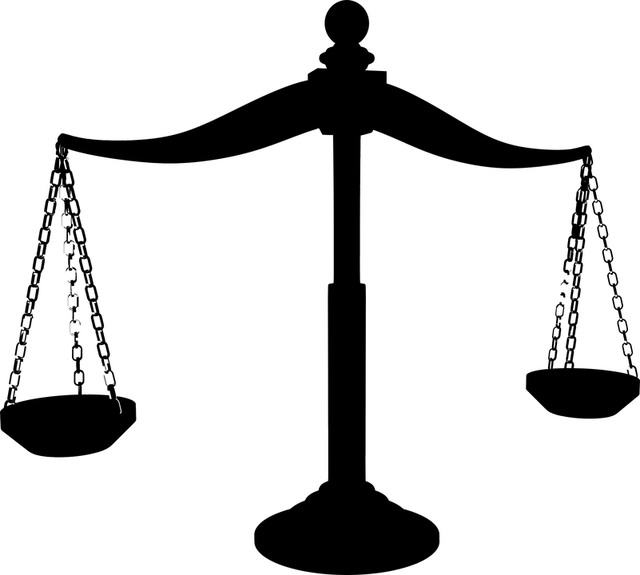Pedestrians have rights that need protection for safe streets and sustainable transportation. Laws in many places ensure their equality with cyclists and motor vehicles, enhancing road security. Advocating for pedestrian rights promotes alternative options like walkable infrastructure, reduced speeds, and traffic calming, benefiting both pedestrians and the environment by decreasing congestion and encouraging greener mobility. Safe, well-designed streets prioritize pedestrian well-being, foster community, and reduce carbon emissions, creating a healthier, more sustainable urban environment. (Keywords: Alternative Transportation Options)
In today’s urban landscape, ensuring pedestrians’ rights and safe streets is paramount for fostering vibrant communities. This article delves into the crucial intersection of pedestrian safety and urban planning. We explore the definition and importance of safe streets, highlighting legal frameworks that support these rights. Additionally, we uncover the benefits of prioritizing pedestrian well-being in urban design. Furthermore, we discuss alternative transportation options, including walking, public transit, cycling, and shared mobility, as key components in creating thriving, accessible, and secure city environments.
Understanding Pedestrians' Rights

Pedestrians, as vulnerable road users, have distinct rights that must be respected and protected. Understanding these rights is crucial for ensuring safe streets and promoting sustainable transportation. In many jurisdictions, laws exist to safeguard pedestrians from potential hazards and encourage their active participation in daily commutes. This involves recognizing the equal status of pedestrians, cyclists, and motor vehicles on roads, fostering a shared responsibility for road safety.
By advocating for pedestrians’ rights, we not only enhance road security but also encourage the adoption of alternative transportation options. This includes prioritizing walkable and bike-friendly infrastructure, reducing vehicle speeds, and implementing traffic calming measures. Such strategies not only benefit pedestrians but also contribute to environmental sustainability by potentially decreasing traffic congestion and encouraging healthier, greener modes of mobility.
– Definition and importance of safe streets for pedestrians

Safe streets are a fundamental concept in urban planning, emphasizing the well-being and security of pedestrians. It involves designing public spaces that prioritize people’s movement on foot, ensuring a comfortable, convenient, and risk-free experience for everyone, regardless of age or ability. These streets are not just about aesthetic appeal but also functional, encouraging alternative transportation options like walking and cycling over motorized vehicles. By creating environments free from traffic hazards, we encourage more people to opt for these eco-friendly and healthy modes of mobility.
The importance of safe streets cannot be overstated, especially in densely populated areas where pedestrians often share spaces with vehicles. It fosters a sense of community and accessibility, allowing residents to navigate their neighborhoods without fear. Such streets also have positive environmental impacts by reducing traffic congestion and lowering carbon emissions, contributing to a healthier and more sustainable urban environment.
In advocating for safer streets, we recognize that prioritizing pedestrians is not just a right but an essential component of sustainable and livable urban environments. By embracing alternative transportation options, cities can create vibrant communities where walking becomes a desirable and secure mode of mobility. This shift not only benefits individual health and well-being but also contributes to reduced traffic congestion and lower carbon emissions, fostering a more harmonious and accessible urban landscape for all.






